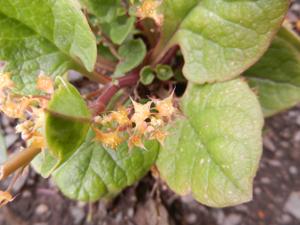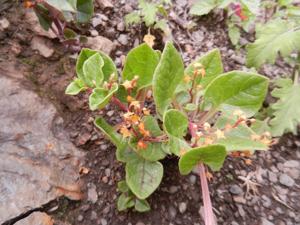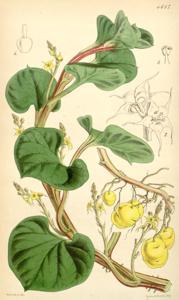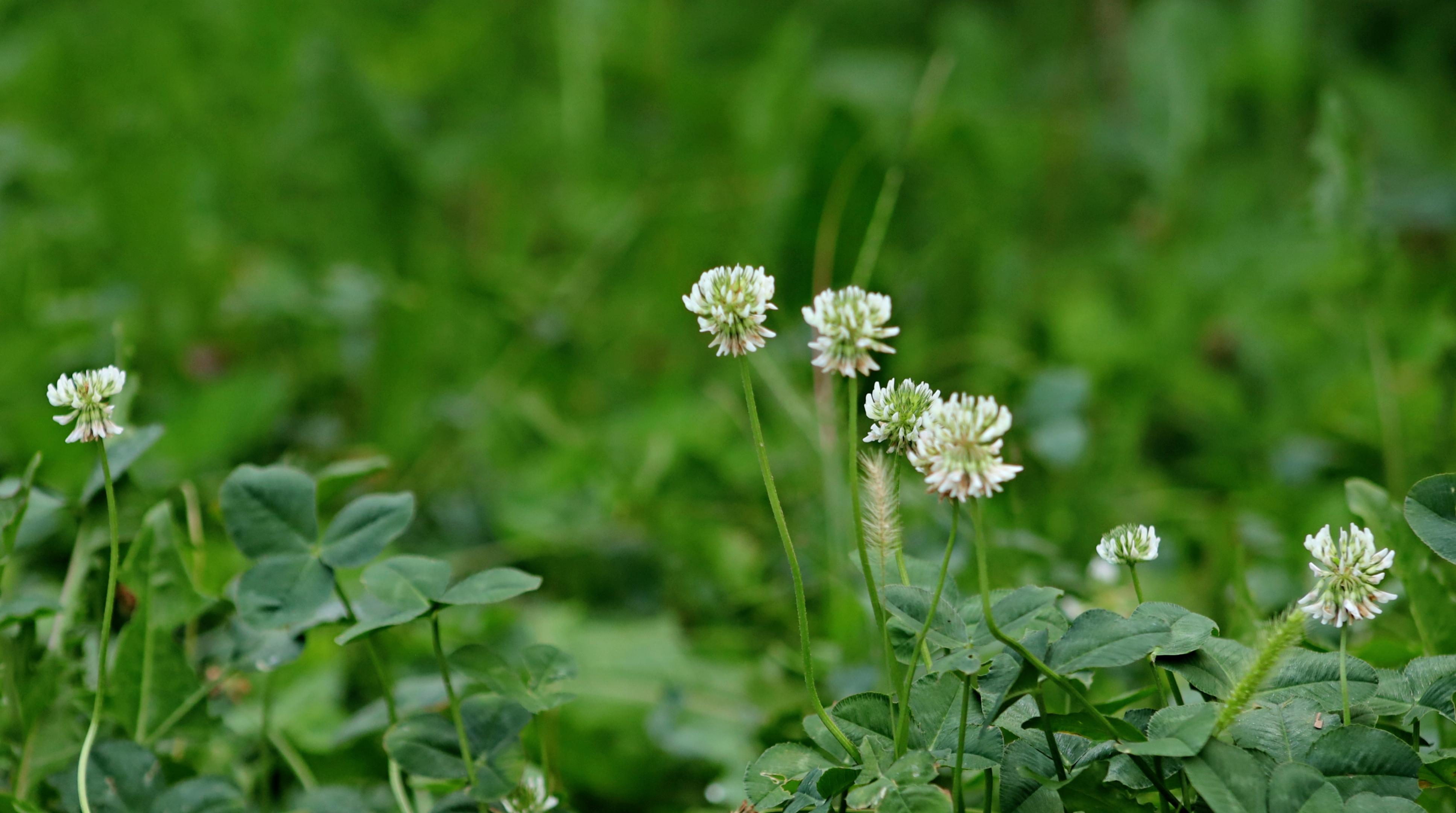Once upon a time, there was a unique plant called Ullucus. It possessed vibrant rainbow-colored leaves that could change hues with the seasons. Legend has it that eating its magical tubers granted extraordinary powers. People would journey for miles to find Ullucus, hoping to obtain its mystical energy. However, only those with pure intentions were able to find and harvest it. One day, a humble farmer discovered Ullucus and shared its benefits with the world, creating a harmonious society where everyone embraced their newfound powers responsibly. The tale of Ullucus reminded humanity of the importance of purity and the wonders that await those who seek them genuinely.
Picture



Plant some seeds now!
Short Description
Ullucus is a genus of flowering plants in the family Basellaceae, with one species, Ullucus tuberosus, a plant grown primarily as a root vegetable, secondarily as a leaf vegetable. The name ulluco is derived from the Quechua word ulluku, but depending on the region, it has many different names. These include illaco (in Aymara), melloco (in Ecuador), chungua or ruba (in Colombia), olluco or papa lisa (in Bolivia and Peru), or ulluma (in Argentina).
Ulluco is one of the most widely grown and economically important root crops in the Andean region of South America, second only to the potato. The tuber is the primary edible part, but the leaf is also used and is similar to spinach. They are known to contain high levels of protein, calcium, and carotene. Ulluco was used by the Incas prior to the arrival of Europeans in South America. The scrambling herbaceous plant grows up to 50 cm (20 in) high and forms starchy tubers below ground. These tubers are typically smooth and can be spherical or elongated. Generally they are a similar in size to the potato; however, they have been known to grow up to 15 cm (5.9 in) long. Due to the brightly coloured waxy skin in a variety of yellows, pinks and purples, ullucus tubers are regarded as one of the most striking foods in the Andean markets.
Ullucus tuberosus has a subspecies, Ullucus tuberosus subsp. aborigineus, which is considered a wild type. While the domesticated varieties are generally erect and have a diploid genome, the subspecies is generally a trailing vine and has a triploid genome.








